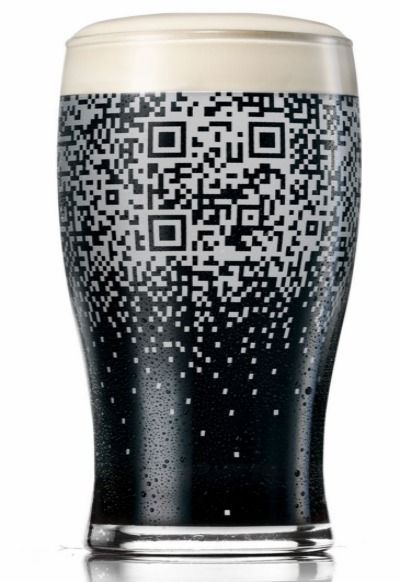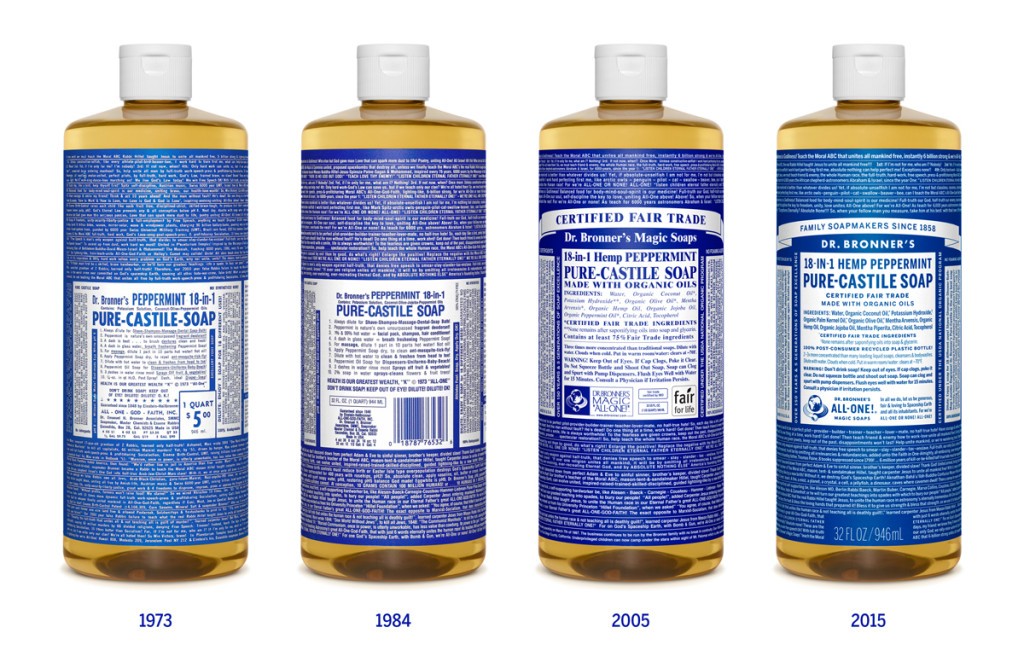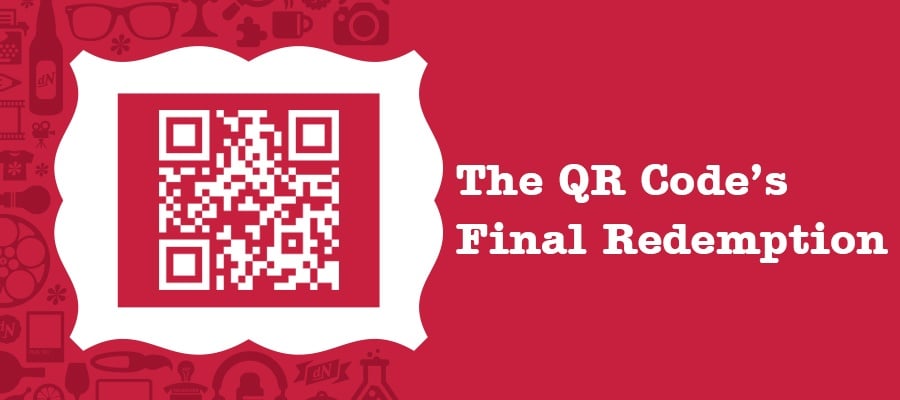Estimated Read Time: 3 minutes
Remember the QR Code? It’s that little black and white box that looks like a cross between a bar code and a Sodoku puzzle. QR Codes were initially released in Japan back in 1994 and periodically made a comeback, but they were never able to achieve “sticking power.” Why? One reason could be that the process was never seamless or easy for consumers—it required you to download a QR Code Scanner App on your phone and open the app in order to scan a code.
So why does this matter? What is a QR Code? They are, at their core, data. They could be a website URL, a QR Code Vcard that allows you to add someone to your contacts, or a map location. The goal of a QR Code is to make things easier on the customer. Why type when you can scan?
An iOS Beacon of Hope
 In Apple’s recent WWDC they announced that iOS 11 (iOS is the operating system for your iPad and your iPhone) will have a QR Code Scanner built into the native camera app on the phone. In product adoption, one of the major factors in the success of new products or ideas is their ease of use. Now that this technology will come standard on a device that millions already own, we expect to see a resurgence in QR Codes in marketing and advertising.
In Apple’s recent WWDC they announced that iOS 11 (iOS is the operating system for your iPad and your iPhone) will have a QR Code Scanner built into the native camera app on the phone. In product adoption, one of the major factors in the success of new products or ideas is their ease of use. Now that this technology will come standard on a device that millions already own, we expect to see a resurgence in QR Codes in marketing and advertising.
Years after QR Codes were introduced in the market, they are just now getting their opportunity in the US mainstream. In this situation, no hardware company wanted to clear the path for the technology—it was actually a messaging app in China to do it. WeChat, much like WhatsApp or Facebook Messenger, started using these codes for a range of things, like adding users, making payments, authenticating your ID, etc. For years, Apple has been trying to launch itself into the booming Chinese Marketplace, even introducing their first “Plastic” iPhone at a discounted price with little to no success. Sure, they may want to add in this technology, but they also want to capture the pockets and purses of the 1.35 billion (yes, BILLION) cell phone holders in China.
How to Use QR Codes in Marketing
Great. Technology is making things easier for the modern consumer, but why does that matter to marketers? Because the modern consumer is your customer. Think about it—do your marketing communications still encourage people to fax you? Or fill out an order form on a piece of paper, mail it in and “allow 6 to 8 weeks for shipping and handling?” This technology, IF it is able to gain traction with the mainstream consumer, is meant to make it easier for users to access data.
Website URLs
While most of us have URLs that are easy to remember and type, it’s important to drop people on your website homepage cautiously. At de Novo, we recommend sending people directly to a landing page for the intended purpose; those URLs are longer with dashes and slashes (AKA, customer confusion). A QR code can do just that.
Additional Information
 Do you have a project that needs a little explaining? Or are you promoting a museum, gallery or tourist destination? Gone are the days of “plug in ports” for your exhibits. With the built-in QR code scanning technology that Apple is embedding in their pockets, it will be easier for your patrons and customers to learn more about what they are seeing by using their camera. You’ll be able to have a QR code mounted alongside your work that can play an audio clip, give deeper information, play a video and more.
Do you have a project that needs a little explaining? Or are you promoting a museum, gallery or tourist destination? Gone are the days of “plug in ports” for your exhibits. With the built-in QR code scanning technology that Apple is embedding in their pockets, it will be easier for your patrons and customers to learn more about what they are seeing by using their camera. You’ll be able to have a QR code mounted alongside your work that can play an audio clip, give deeper information, play a video and more.
In our example, Guiness uses an etched glass to encourage people to learn more about their product, check in on Yelp, and Tweet.
Packaging
Unless you are Dr. Bronners, you cannot get away with including paragraphs of copy on your product packaging. Instead of trying to cram excessive text onto your package, you will be able to work in a code for additional information that doesn’t fit on your packaging effectively.

(image courtesy of Lisa Bronner)
Integrated Campaigns
Tie together your integrated marketing campaigns with the use of a QR Code! If you have a printed piece or flier that is circulating, tie it to a YouTube video or your Facebook/LinkedIn page with the use of a QR Code.
Business or Event Addresses
Are you sending out a printed invitation or save-the-date? If this were an email, the address would be clickable and easily accessed by your phone’s map app, but with printed pieces and QR Codes, you have a similar way to quickly get people to your business or event.
Just Remember…
Give it a little time. We expect Android will follow, but even though this technology is standard in iOS 11, that doesn’t mean that every iPhone user will have it (yet) or know how to use it.
QR Codes, like any new technology, should not be forced. Ask yourself, “Does this HELP my customer?” If your answer is anything but “Obviously,” try another avenue to get the information to them.
Oh, and we think that this goes without saying, but never use QR codes on billboards or other places where people might “Drive and Scan.”
Do you have questions about your digital marketing efforts or questions about de Novo’s successes with websites, blogging, social media, email, and all things digital? Let’s chat!
{{cta(‘ab3e2f1c-9835-4923-b9e3-99fd98cbd018’)}}


